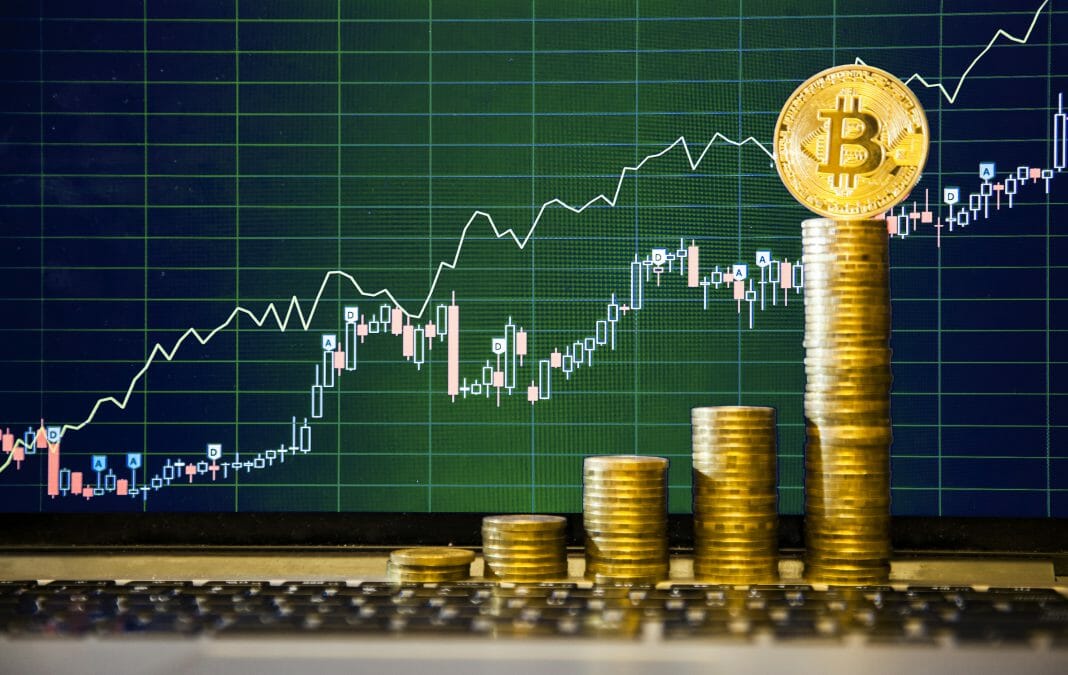Samuel, who is nine years old, studies fourth grade and is already curious about the first cryptocurrency. He knows that it does not physically exist, recognizes what a cold wallet is and understands its purpose.
Children’s curiosity is an enriching constant that motivates them to learn more about what they hear, see and feel. By nature, they want to know where things originate and the reason for them to occur.
This is the case of Samuel, a 9-year-old boy who is not satisfied with what he learns in school. He has started to show interest in diverse fields such as science, space, sports, and even Bitcoin and other cryptocurrencies.
In his family, there are engineers, journalists, and teachers, who always try to answer his doubts. His questions, which have various levels of complexity, include “Why is this a leap year?” “What is the coronavirus?” and “What is Bitcoin?”
Regarding this last question, Samuels’ father replies that “Bitcoin is like a big family that is all over the world.” He tells his son that “each member has a function that contributes to creating more Bitcoins.” He also says that “people can send them, receive them, spend them or save them.” He explains to Samuel that “all of them use computers, the Internet and electricity to make transactions secure, rather than instantaneous.” He concludes his answer by saying that “it is a digital work that they do together.”
Without fully understanding, Samuel listens to the rest of the explanation. Then he becomes aware that Bitcoin does not exist in physical form but “people can keep it in cold wallets.” This leads him to ask, “Why do they call them ‘cold’?”
His father answers him that “people don’t call wallets ‘cold’ due to their temperature. They do it because they help keep bitcoins secure and disconnected from the network.” He compares them to “flash drives that, instead of photos, movies or school assignments, people use to save their bitcoins’ secret keys so that they can take them anywhere.” Of course, Samuel’s father is thinking about the possible next question.
The moment arrives and Samuel asks his father, “What if I lose the pen drive with the bitcoins?”
To that question, his father explains that “there are some super special words called ‘seed words’ that people use to restore the bitcoins from the previous cold wallet to another one.” He told his son that “they have to print or write those words on paper and keep them in a safe place in order not to lose the savings.”
Thinking about some relatives in other countries, Samuel asked, “Can we send money to my uncle in Chile and my grandmother in Colombia?”
His father gladly replied that they could “send bitcoins to them or anybody else in those countries.” He added that they could “even send any amount of bitcoins to any part of the world because the system allows it.”
After listening to those answers, Samuel also analyzed the cash and coins that circulate in all countries. He said that they resemble those of his Monopoly game, in which he almost always goes bankrupt when playing with his sister, but that the bank “always has money.” His father explains that one of the rules of that game is that the bank should not run out of money and, in case that happens, the bank has to print new bills.
Of course, that led to the question, “Can you make more bitcoins if they run out?”
Trying to express his ideas clearly, he said that “when Satoshi Nakamoto created the Bitcoin system, he established a cap of 21 million BTC, so no more bitcoins can be created.” He noted that there are “hundreds of new bitcoins every day and more than 18 million are already in circulation.”
Samuel’s experience with his father shows that Bitcoin can arouse interest at an early age. Even though it is a topic that involves technicalities, economic theories, politics, and technology, parents should illustrate it in such a way that they can understand it more easily.
By Alexander Salazar











